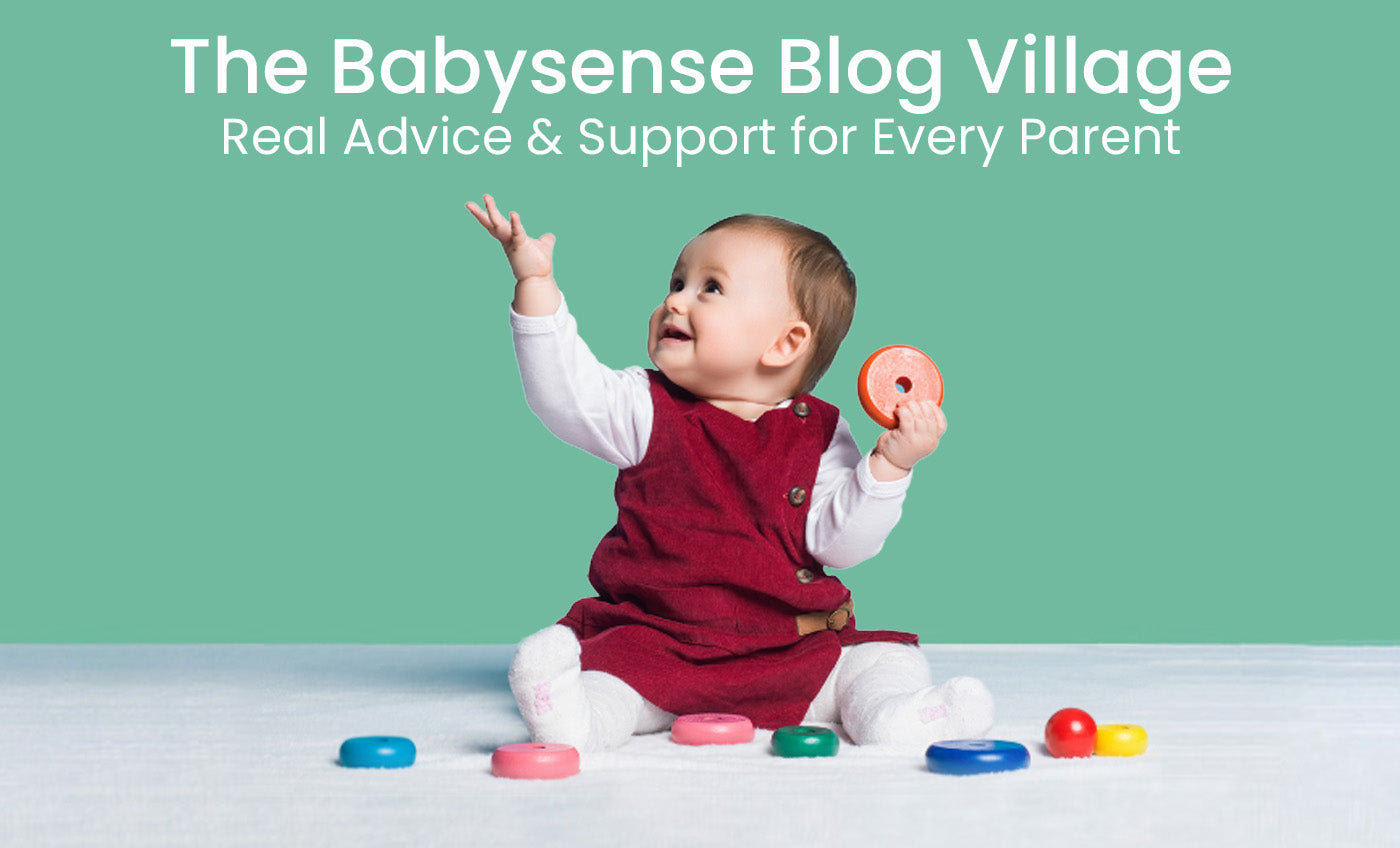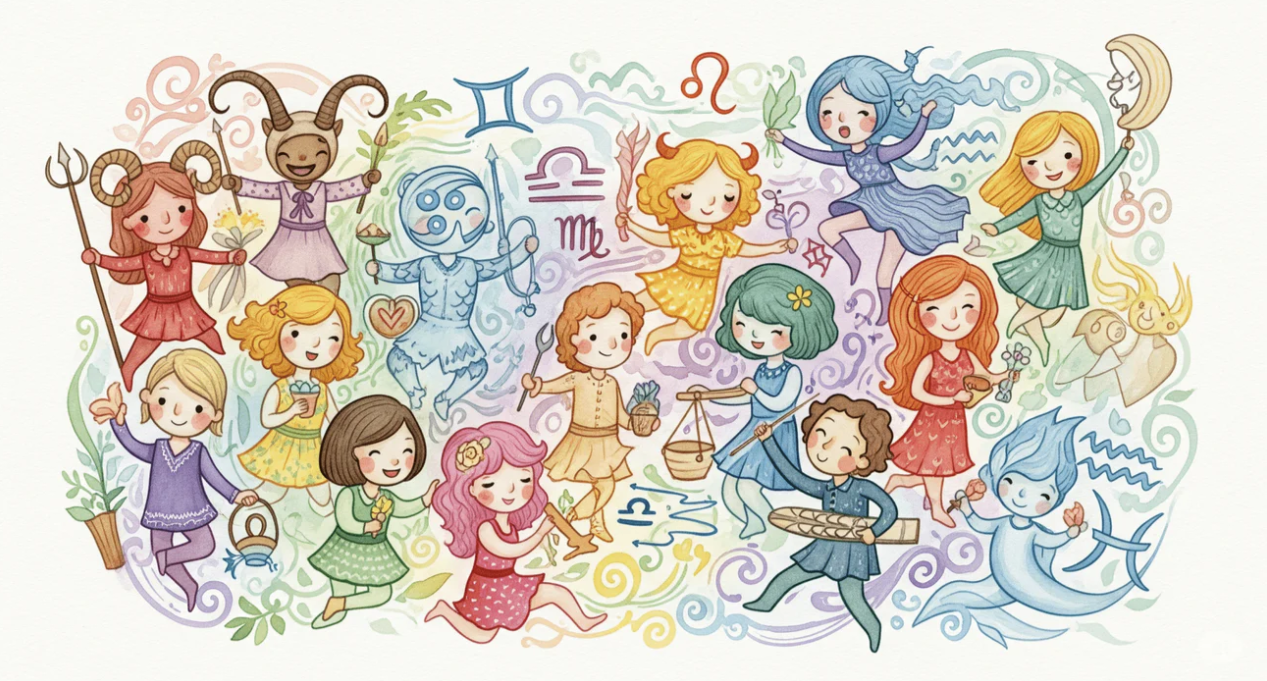
Baby Zodiac Sign Guide 2025 | Discover Personality Traits by Birth Date
Explore the 2025 baby zodiac sign guide to understand your little one's personality based on their birth date. Fun, insightful, and astrology-based!
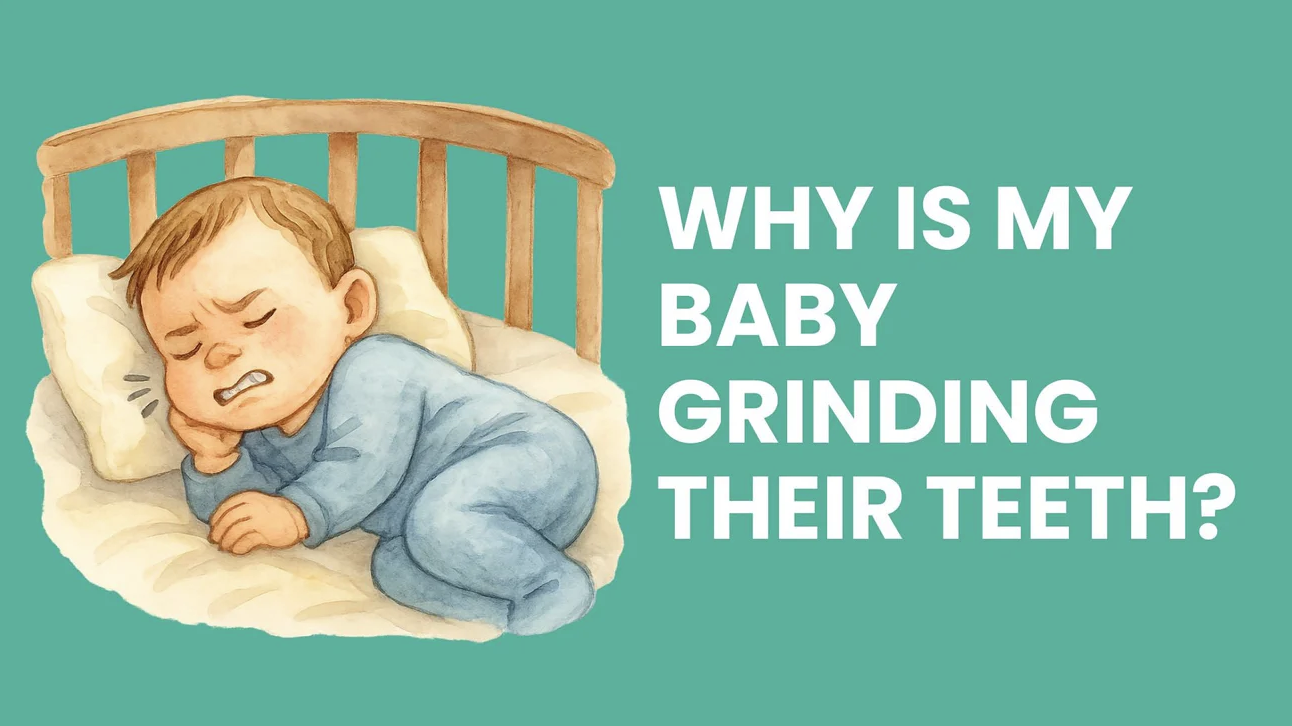
Why Do Babies Grind Their Teeth? Causes, Symptoms & Tips for Infant Bruxism
Wondering why your baby grinds their teeth at night? Discover the causes, symptoms, remedies, and expert advice to manage infant and toddler teeth grinding (bruxism) effectively.
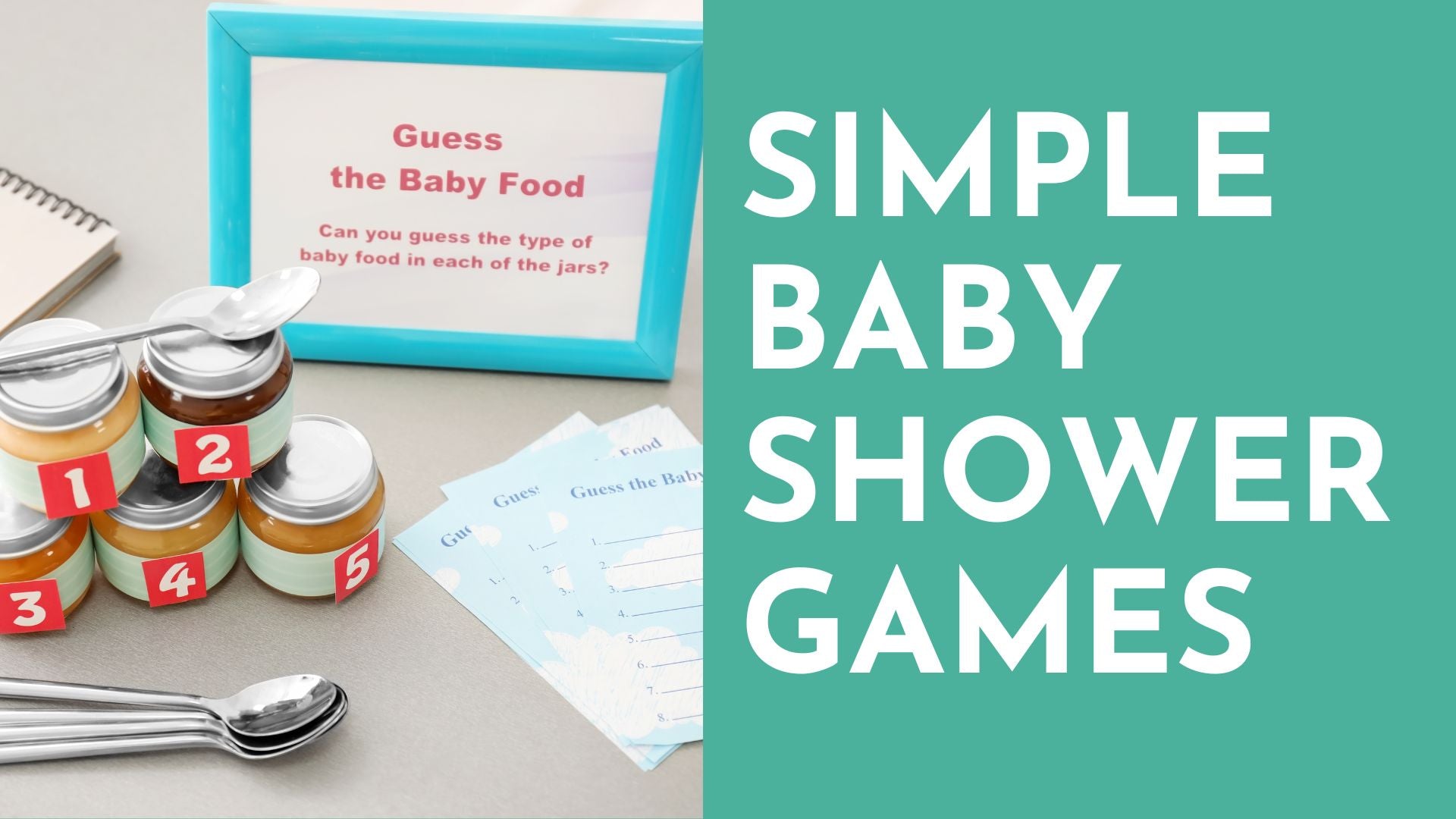
Effortless Baby Shower Games: Simple, Silly, and Seriously Fun
Discover easy and fun baby shower games that keep guests laughing without complicated setup. From bingo to baby bottle races no faff, just fun!
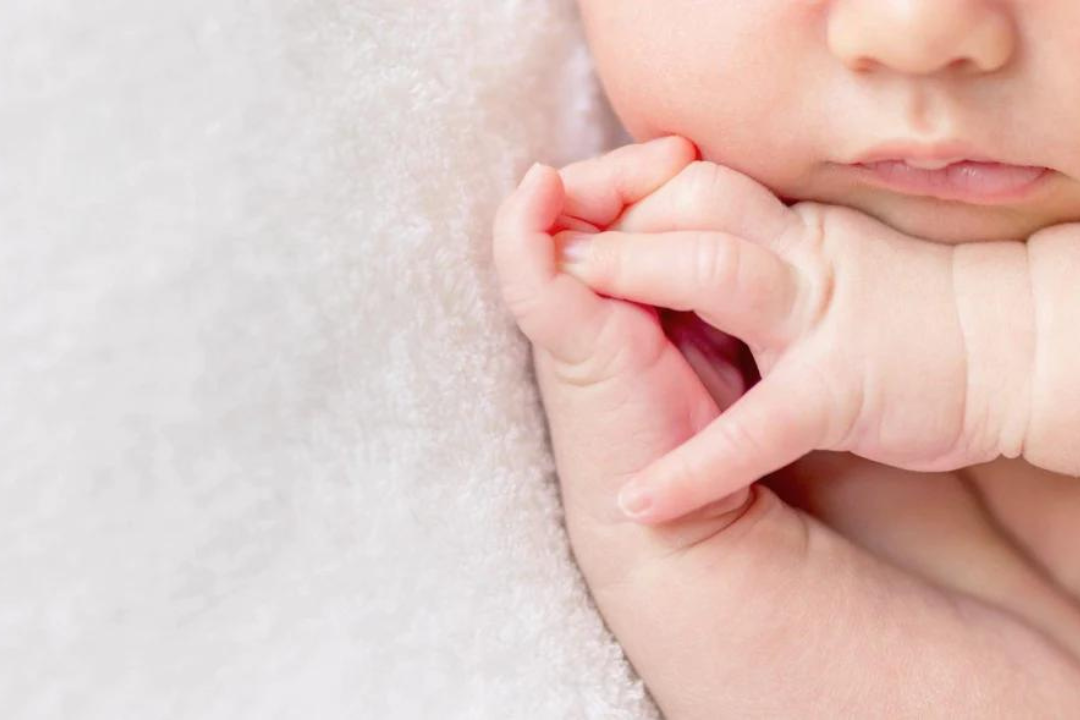
Newborn Sleep Schedule: Helping Your Baby Sleep Better
Looking for advice on helping your baby sleep better? Our guide will tell you everything you need to know.
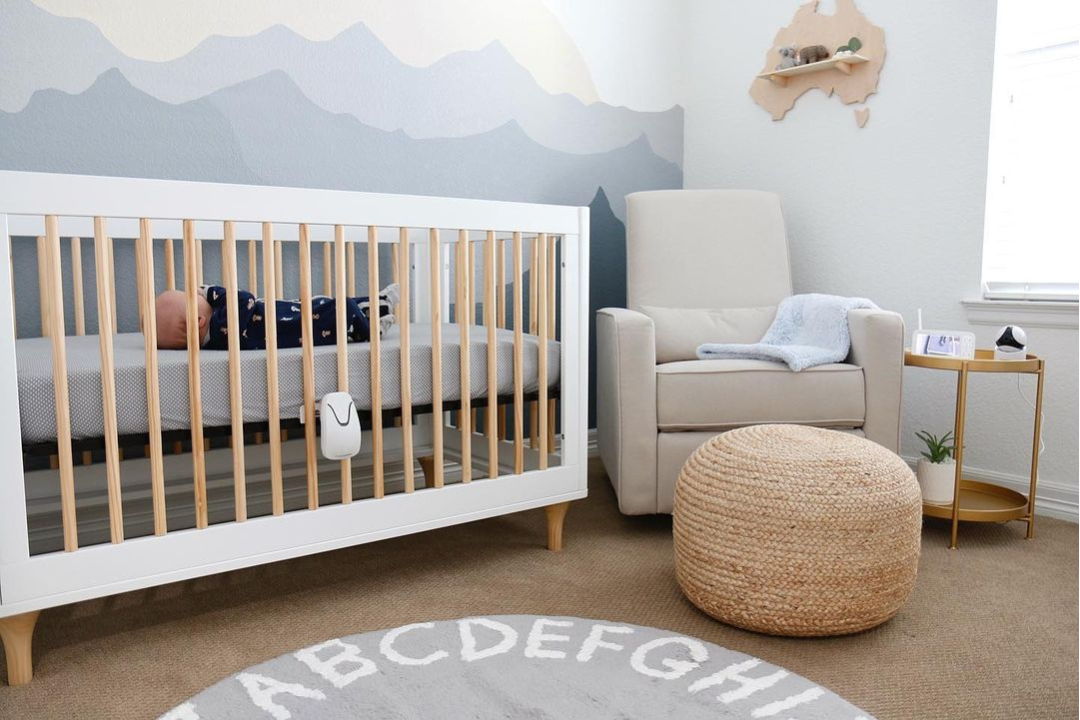
Where To Put A Baby Monitor?
One of the most important questions a parent or caregiver can ask is where to put a baby monitor. Baby monitor placement is crucial to ensure the child's safety and to give the caregiver or parent ...
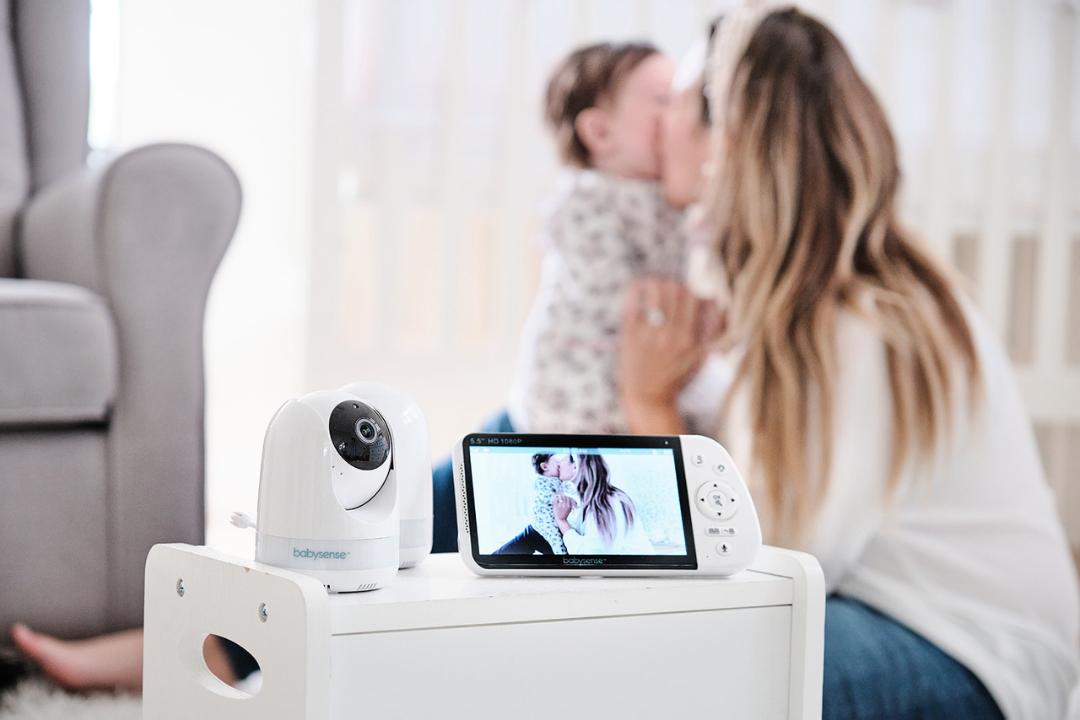
WiFi Baby Monitor Vs. Non-WiFi: What's The Difference?
Learn the differences between wifi baby monitors and non wifi baby monitors - Everything you need to know to help you decide which is right for you.
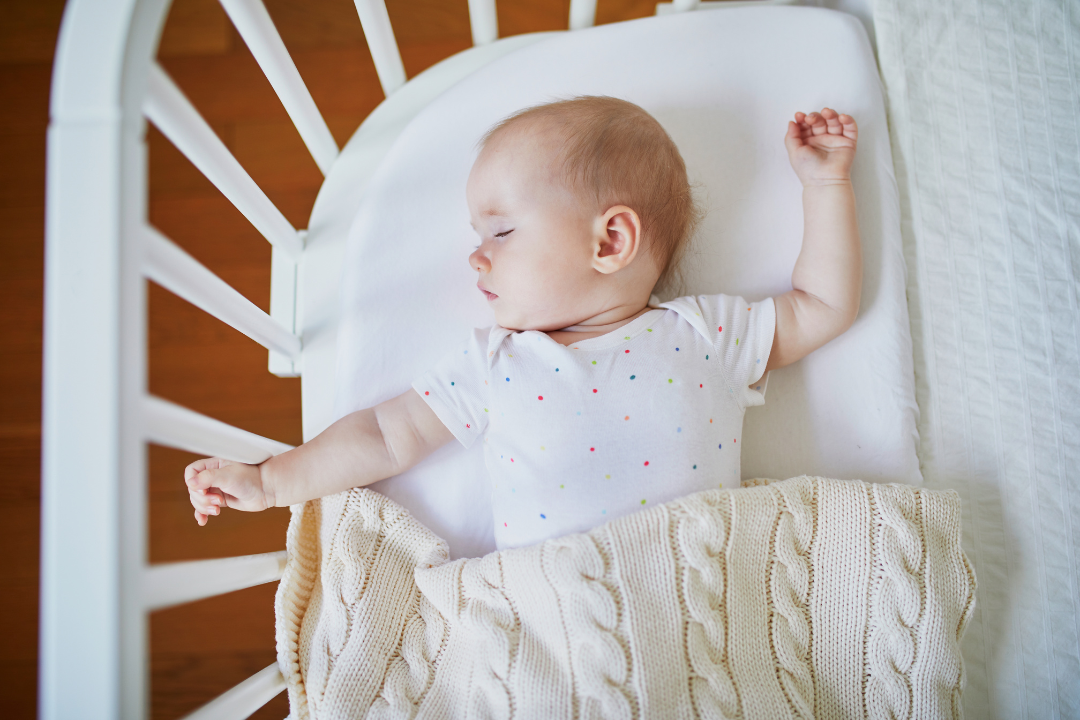
How To Put A Baby To Sleep In 40 Seconds
Looking for ways of getting your little one to sleep quickly? We can provide you with expert tips on how to get your baby to sleep in just 40 seconds!
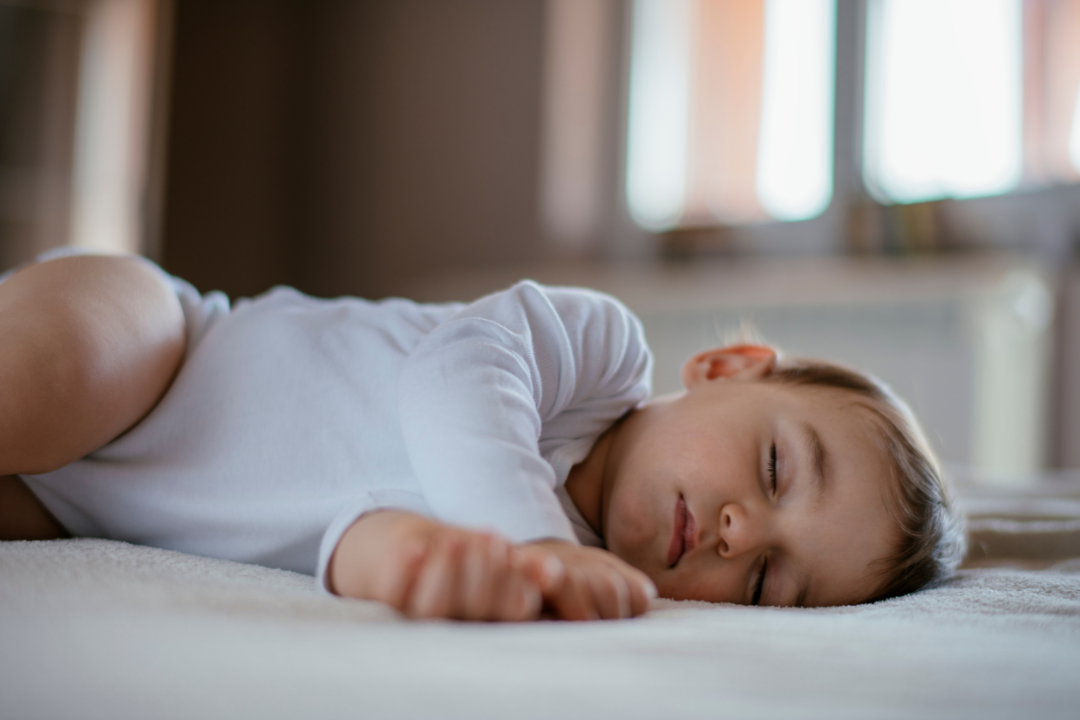
How long should you use a baby monitor for?
Not sure when you should stop using a baby monitor? Our guide talks you through the ideal length on how long you should use a baby monitor for
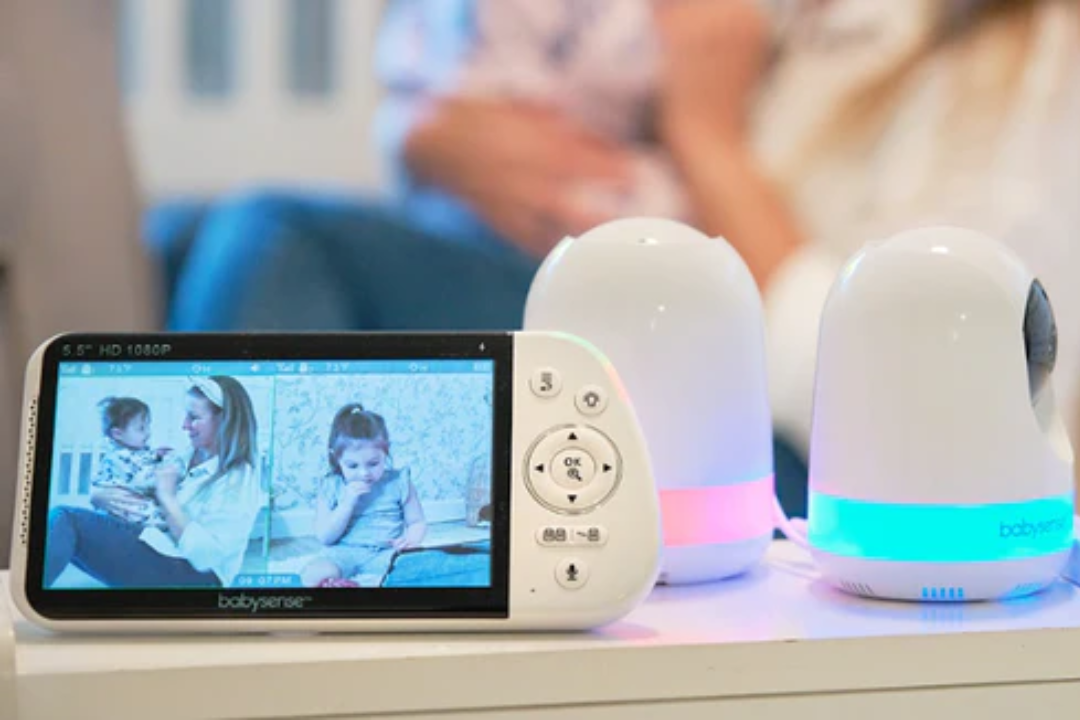
Do You Need A Baby Monitor For Your Child?
Some parents are unsure if they need a baby monitor, we’ve put together a complete guide to help decide if you need a baby monitor for your child.


